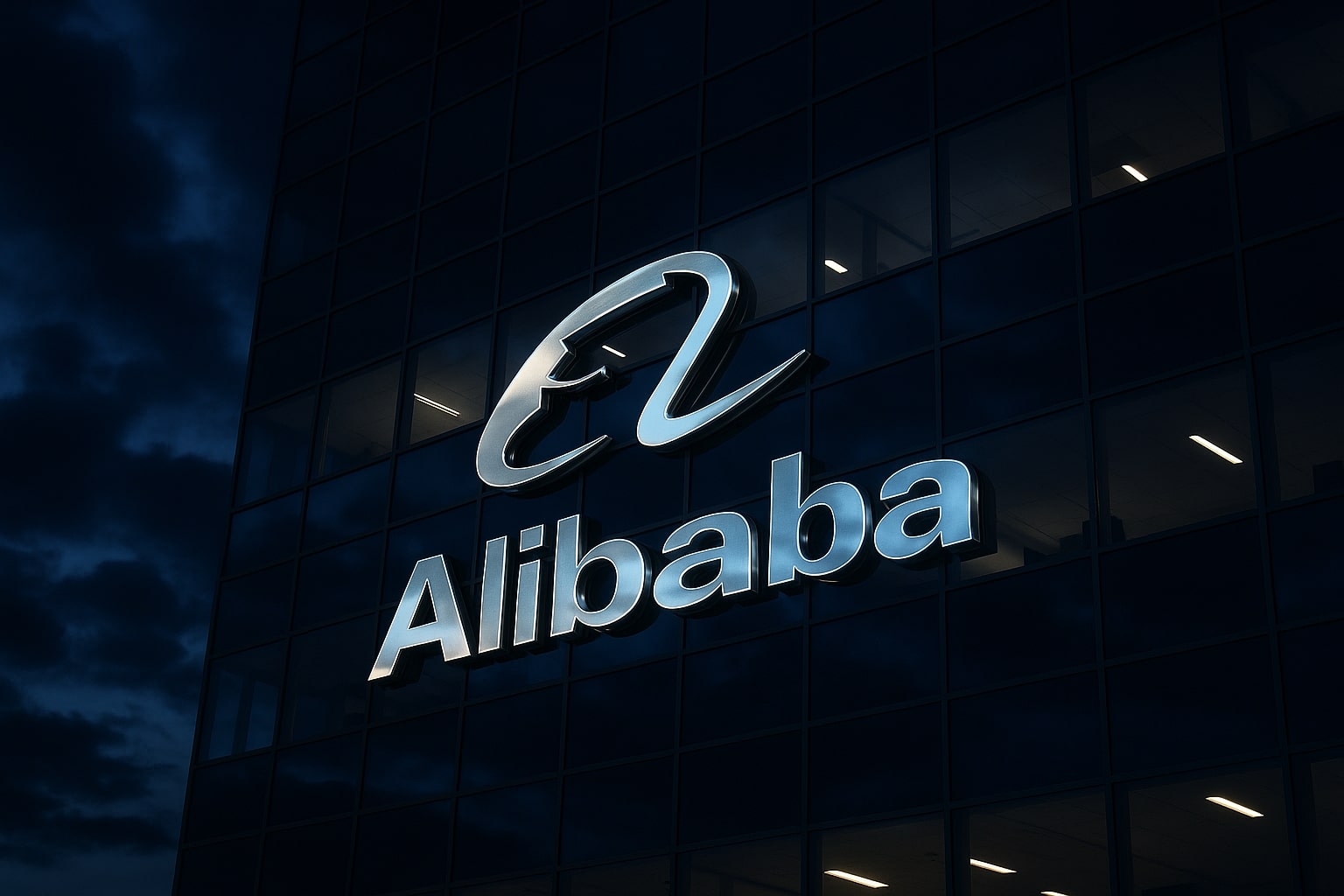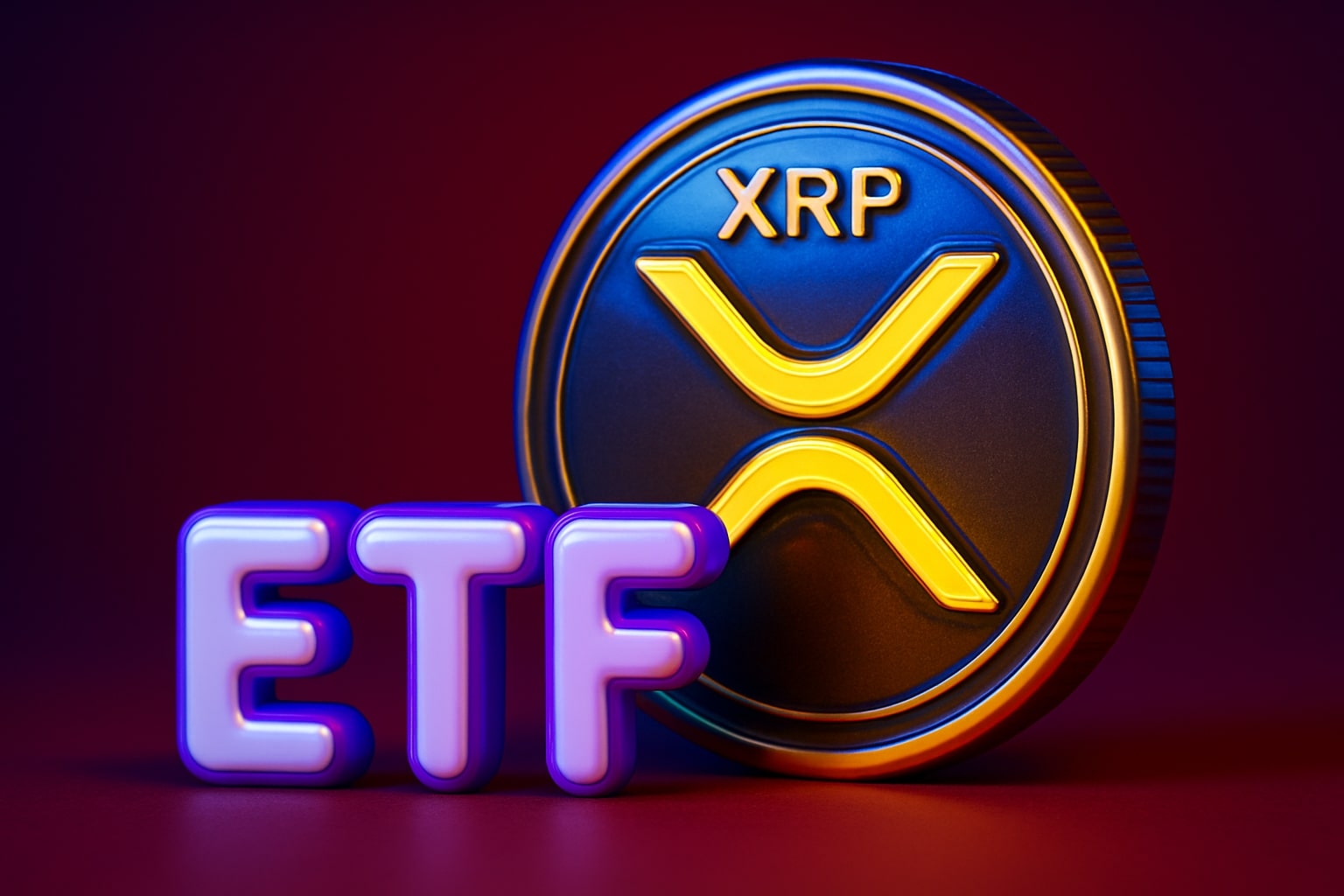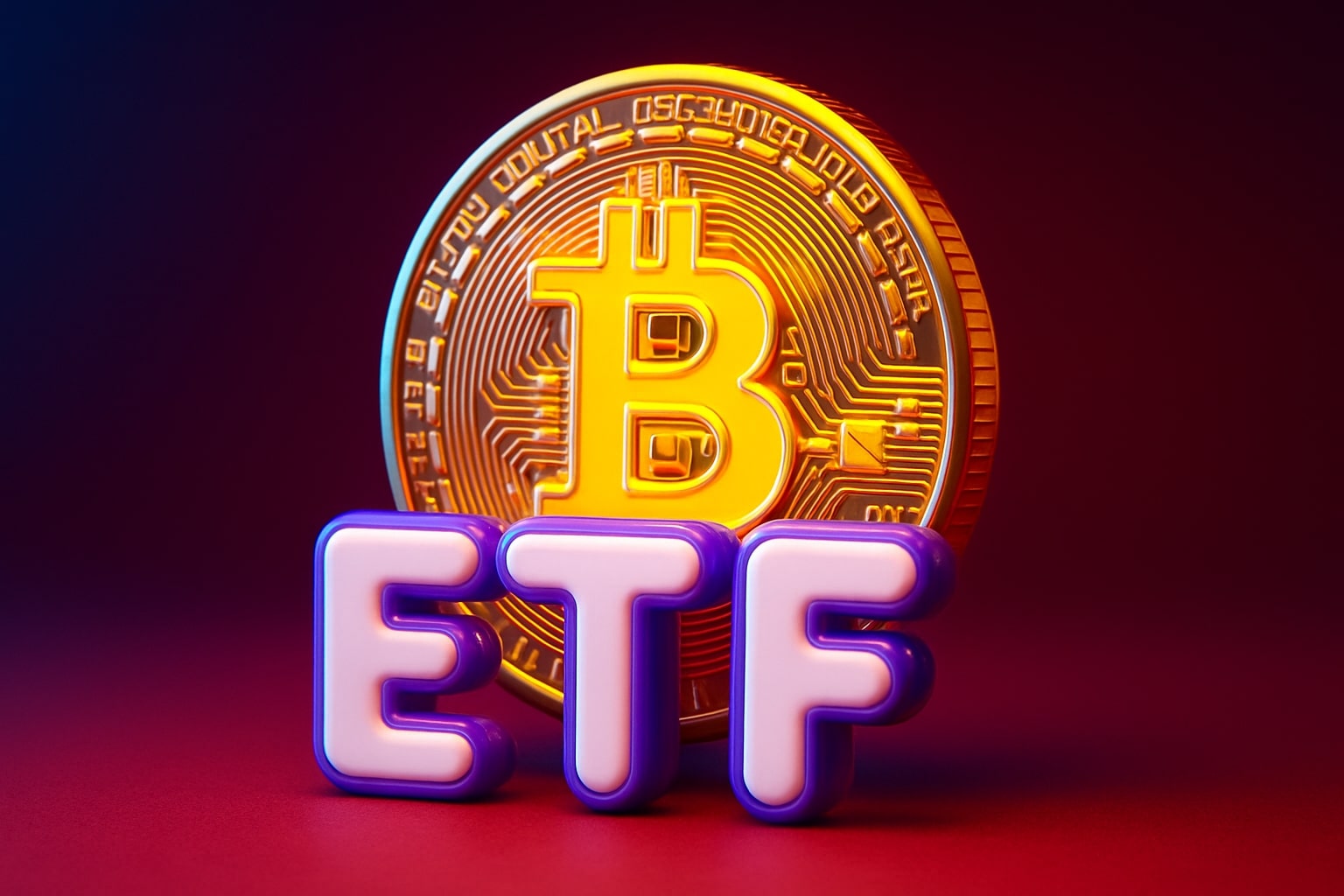
Alibaba Stock Price Forecast - BABA Shares Rises to $152.93 as Qwen AI and Cloud Expansion Ignite Earnings Momentum
AI Upgrades, $55B Data Center CapEx, and 26% Cloud Growth Position Alibaba for a Strong 2026 Rebound | That's TradingNEWS
Alibaba (NYSE:BABA) Stock Surges on AI Expansion and Cloud Revival
Alibaba Group Holding Ltd. (NYSE:BABA) trades near $152.93, rebounding from a recent low of $148.64, driven by accelerating investment in artificial intelligence, data centers, and consumer technology. The company’s AI-focused transformation and its expanding cloud intelligence business are re-establishing Alibaba as one of China’s most powerful technology leaders, backed by over $55 billion (RMB 380 billion) in planned CapEx through FY2028.
AI Transformation and the Rise of Qwen
The launch of Qwen, Alibaba’s rebranded AI chatbot replacing Tongyi, marks the company’s most ambitious consumer-facing move since its founding. Built to rival ChatGPT, Qwen integrates deeply with Taobao, Tmall, and Alipay, offering AI-driven product recommendations, conversational commerce, and real-time merchant analytics. These integrations enhance Alibaba’s ecosystem efficiency and are expected to increase customer engagement and conversion rates across its 1.3 billion active users.
Qwen’s integration demonstrates Alibaba’s ability to commercialize AI across its retail infrastructure. While Western models such as OpenAI’s ChatGPT focus on global scalability, Alibaba’s domestic reach within China’s closed internet environment offers a structural advantage. Its user retention metrics already exceed 86%, up from 81% earlier this year, supported by improved personalization through machine learning algorithms.
Cloud Intelligence Division Fuels Margin Expansion
Alibaba’s Cloud Intelligence Group posted 26% YoY growth in the June 2025 quarter, marking its fastest acceleration in two years. Supported by Beijing’s new 50% energy subsidy for data centers, the company now enjoys lower operating costs as it scales its infrastructure for AI workloads. This efficiency gain is vital to supporting the company’s targeted free cash flow margin above 18%.
Between FY2026 and FY2028, Alibaba’s CapEx commitment of $55.4 billion will modernize its infrastructure for smaller, energy-efficient AI models. These task-oriented SLMs (Small Language Models) focus on real-world business applications, positioning Alibaba ahead of Western hyperscalers that remain entrenched in high-cost, large-language model investment cycles.
E-Commerce and AI Integration Strengthen Profitability
The company’s domestic e-commerce operations remain its core cash generator, delivering RMB 140 billion in quarterly revenue and RMB 39.4 billion EBITA, a 28% margin, compared to Amazon’s (NASDAQ:AMZN) 5.9% retail operating margin.
Alibaba’s AI-driven automation has improved Return on Ad Spend (ROAS) by 12% YoY, supported by automated pricing algorithms, predictive inventory management, and personalized marketing. These initiatives help Alibaba maintain its dominance over JD.com (NASDAQ:JD) and Pinduoduo (NASDAQ:PDD), despite rising competition in livestreaming and social commerce.
International commerce under AliExpress, Lazada, and TrendyoL continues to expand at double-digit rates and now contributes 17% of total revenue, nearing EBITA breakeven. This diversification beyond China provides long-term stability amid domestic macro headwinds.
China’s Open-Source AI Model Strategy
Unlike the U.S. hyperscaler model that relies heavily on Nvidia (NASDAQ:NVDA) GPUs and multi-trillion-dollar infrastructure, Alibaba’s open-source strategy emphasizes smaller, energy-efficient AI systems developed collaboratively through developer ecosystems. This approach reduces reliance on U.S. semiconductors while promoting AI sustainability.
The Qwen AI framework, trained on proprietary Alibaba Cloud accelerators, has achieved 70%+ accuracy on domestic benchmarks, outperforming peers in Chinese language understanding. By embracing open-source design, Alibaba is lowering entry barriers for developers, stimulating demand for Alibaba Cloud (Aliyun), and reinforcing its position as the foundational layer of China’s AI economy.
Financial Strength and Valuation Metrics
At a market capitalization of $364.6 billion, NYSE:BABA trades at 17.62x trailing earnings and 21.37x forward earnings, reflecting a discount to global peers despite renewed momentum. Revenue growth of 5.32% YoY, a 1.31% dividend yield, and short interest under 2% highlight market confidence ahead of the November 25 earnings report.
Consensus forecasts project FY2027 EPS of $9.72, implying a fair value near $189/share — about 20% upside from current levels. Liquidity remains robust, with $31 billion net cash, a debt-to-equity ratio of 0.14, and free cash flow stability exceeding $18 billion annually.
For transparency on ownership activity, see Alibaba’s insider transactions, which indicate stable executive positioning through 2025.
Competitive Pressures and Geopolitical Risk
Alibaba (NYSE:BABA) continues to navigate U.S.–China trade tensions and semiconductor export restrictions, which limit access to advanced GPUs. The company’s collaboration with Huawei and Tongfu Microelectronics on high-bandwidth memory (HBM) and local chip innovation is reducing exposure to Western suppliers.
While competitors like Meituan and ByteDance gain traction in quick commerce, Alibaba’s hybrid AI-commerce model — integrating consumer behavior prediction and real-time logistics — sustains its leadership. Market share stability and operational adaptability have muted the impact of sectoral volatility and regulatory tightening.
Technical Structure and Market Sentiment
Technically, BABA holds strong support around $150, with a rising 200-day moving average and RSI near 40, signaling moderate oversold conditions. Resistance levels stand at $167 and $183, corresponding to the 50-day moving average and September highs, respectively.
Volume distribution indicates accumulation by institutional investors at current price bands. The 50% implied volatility ahead of earnings suggests a ±7% price swing, highlighting investor focus on the company’s AI and cloud guidance.
Live market data can be monitored via Alibaba real-time chart.
Read More
-
SCHD ETF (NYSEARCA:SCHD) Rebounds to $27.10 — Quality Dividend Portfolio Targets 15–18% Annual Return
23.11.2025 · TradingNEWS ArchiveStocks
-
XRP ETFs Launch on NYSE: Franklin Templeton, Grayscale, and Bitwise Drive Institutional Wave
23.11.2025 · TradingNEWS ArchiveCrypto
-
Natural Gas Price Forecast (NG=F) Slips to $4.55 as U.S. LNG Expansion and Asian Imbalance Drive a Global Repricing Wave
23.11.2025 · TradingNEWS ArchiveCommodities
-
Stock Market Today - Wall Street Rebounds as NASDAQ:IXIC Climbs to 22,273; NVDA, AAPL, GOOGL, AMZN, WMT Lead Mixed Session
23.11.2025 · TradingNEWS ArchiveMarkets
-
USD/JPY Price Forecast - Dollar to Yen Nears ¥160 as Fiscal Pressures and U.S. Rate Gap Drive Yen to Breaking Point
23.11.2025 · TradingNEWS ArchiveForex
Strategic Outlook and Investment Stance
Alibaba’s synchronized AI, cloud, and commerce ecosystem is entering a new growth cycle. The company’s rational capital deployment, strong balance sheet, and expanding AI monetization channels point to a durable recovery path.
The Qwen platform, subsidized data centers, and energy-efficient AI models offer clear advantages over Western high-cost AI strategies. This unique alignment of profitability and innovation strengthens Alibaba’s role as a central pillar of China’s digital economy.
At current levels near $152–$153, NYSE:BABA offers an asymmetric risk-reward profile. The combination of undervalued multiples, AI leadership, and robust financial health supports a clear Buy stance as the stock heads toward its November 25 earnings catalyst and a broader 2026 growth phase.


















